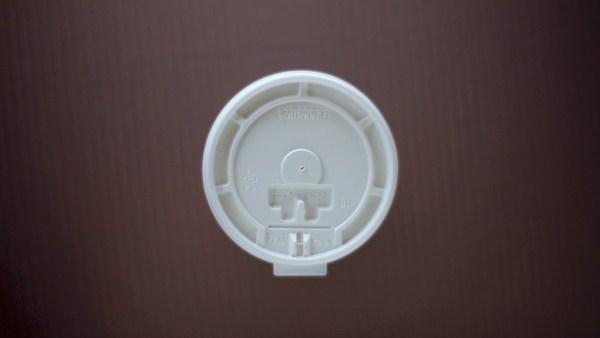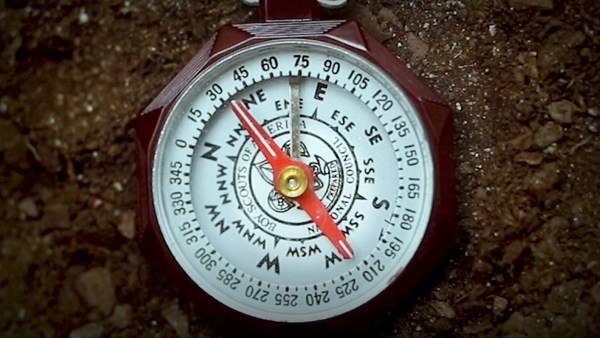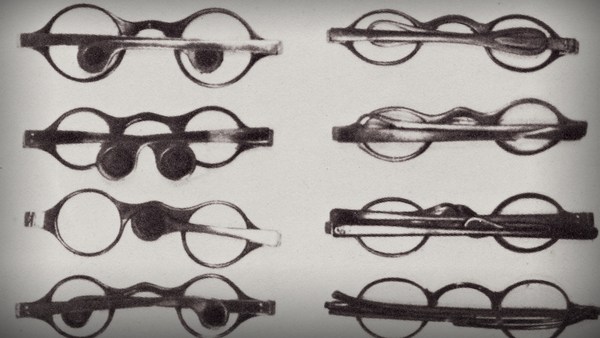Food is design. It is design when you compose plates, but it is amazing, even better and most delightful design when it's about the units.
[Small thing.]
[Big idea.]
"Pasta" comes from Latin, and it means "paste." It's about putting together water and some powder, so that you can actually shape it. There are cultures in the world that use rice powder, others use soy powder. In Italy, we tend to use durum wheat.
Pasta existed for centuries, but it really blossomed during the Renaissance. And it's only later on in the 17th century that it became more mass produced.
Whenever you design an object of any kind, you think of how you want it to perform. So think about the same for pasta. Do you want it to be ribbed or you want it to be smooth? The ribbed ones absorb the sauce better. Do you want them to be round or do you want them to be square? They have a different feel on the palate. Everything is for a reason.
In the amazing taxonomy of the pasta species, there are many different ways to divide it, but one of the basic divisions is between fresh pasta and dry pasta. Dry pasta is always durum wheat flour and water. Fresh pasta could be either that or it could be flour and eggs. Just think of having a dough that you can shape in any way you want. I mean, really, wouldn't you go crazy?
So fresh and dry, but then, there's also long and short. And then within those families, there's even more diversity. Let's talk about some really classical types of short pasta.
Penne -- we all know them, right? They are cut at a slanted angle, perfect to pick up some of the sauce.
"Farfalle" means "butterflies," or how do you call it here, bow ties, because they are, like, pinched in the middle.
"Orecchiette" means "little ears," and they're typical from Puglia, and they are delicious.
And "conquilla," shells, and of course, they look like shells. They are ribbed, so they scoop up the sauce on the outside and they are smooth on the inside.
Pasta is definitely gorgeous, but the form also is about how it touches the palate, how it touches the tongue, so it's never just about giving it a shape. When you hone one object across centuries, standards become really, really high.
Many so-called great designers failed miserably, because they tried to impose a shape onto pasta. The great Philippe Starck tried mandala. Some parts of it, the walls, were very thick, and the others were thinner, so when you would boil the pasta, some of it would be completely mushy while part of it was too crunchy and uncooked. So really wrong, but they were not women from Bologna, they were not chefs from Naples, they were not centuries of families of grandmothers that were trying to improve on the thinness of the walls of the pasta.
There's no way to trace pasta back to one designer, one inventor, and that's the beauty of it. It belongs to the people. And if you think about it, this simple mixture of a carbohydrate and water becomes the scaffold for a whole culture to be built.





